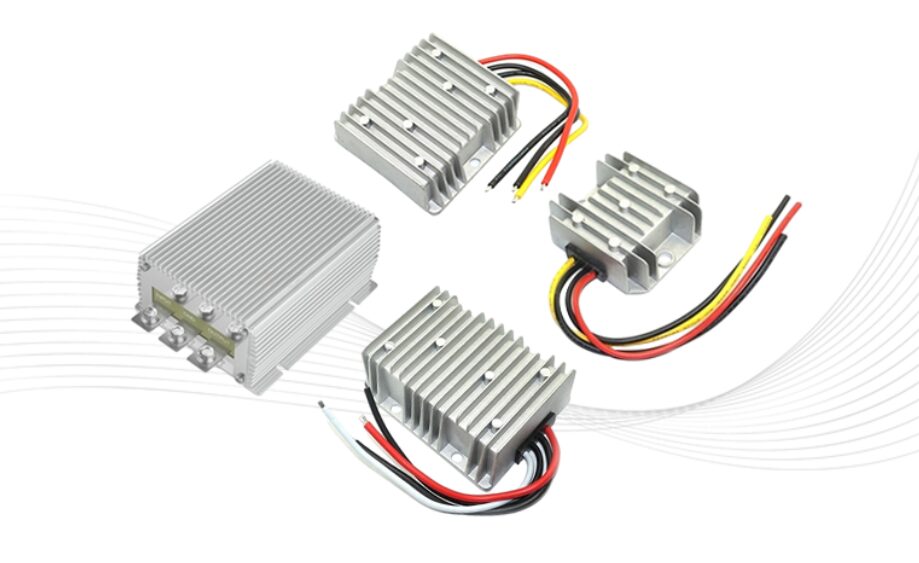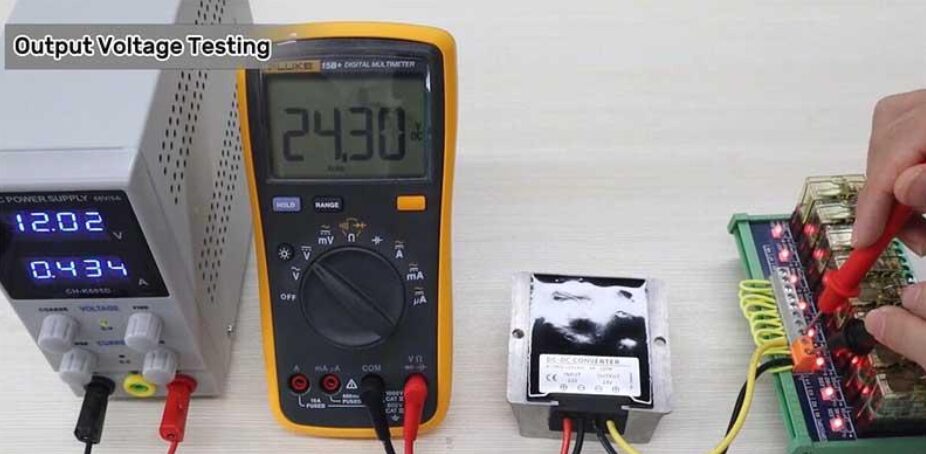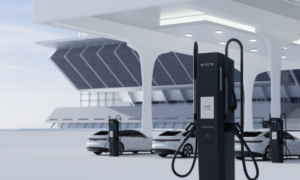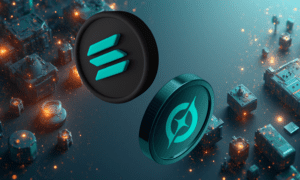In today’s rapidly advancing technological landscape, the need for efficient power management has never been more critical. DC voltage boost converters are essential components in various applications, from renewable energy systems to portable electronics. These devices increase the voltage from a lower level to a higher one, ensuring that your equipment operates effectively and reliably. However, selecting the right boost converter and understanding its operation can be challenging.
In this blog post, we will explore the ten key factors to consider when using a DC voltage boost converter, helping you make informed decisions for your projects and applications.
You can find more information about various types of converters on SUCH DC Voltage Converters.
1. Input Voltage Range
One of the primary considerations when selecting a DC voltage boost converter is the input voltage range. Ensure that the converter you choose can handle the minimum and maximum input voltages 5~45V DC of your application.
A mismatch could lead to inefficient operation or even damage to the converter. Typically, boost converters are designed to work with specific input voltage ranges, so it’s crucial to check the specifications before making a selection.
2. Output Voltage Requirement
Determining the required output voltage is essential for the successful operation of your device. Boost converters are designed to step up voltages, but you must ensure that the output voltage aligns with your equipment’s needs. Some applications may require a fixed output voltage, while others may need an adjustable output. Knowing your requirements will help you find the right converter.
3. Efficiency Ratings
Efficiency is a critical factor in power conversion. A highly efficient DC voltage boost converter will minimize energy losses, leading to longer battery life and reduced heat generation. Look for converters with efficiency ratings between 80% and 95%. Higher efficiency not only improves performance but also contributes to the overall reliability of your system.
4. Load Current Capacity
The load current capacity of a boost converter determines how much current it can supply to the connected load without overheating or failing. Ensure that the converter can handle the maximum expected load current in your application. If the load exceeds the converter’s capabilities, it can lead to voltage drops and potentially damage the device.
5. Thermal Management
Heat generation is an inevitable consequence of power conversion. Adequate thermal management is essential to ensure the longevity and reliability of your DC voltage boost converter. Consider implementing heat sinks, fans, or other cooling methods to maintain optimal operating temperatures. Some converters come with built-in thermal protection features, which can be beneficial.
6. Size and Form Factor
The physical size and form factor of the boost converter are crucial, especially in applications with space constraints. Evaluate the available space in your design and choose a converter that fits without compromising performance. Smaller converters may be more convenient, but ensure they meet your power requirements.
7. Switching Frequency
The switching frequency of a boost converter affects its size, efficiency, and output ripple. Higher switching frequencies can lead to smaller components but may result in increased switching losses. Conversely, lower frequencies may require larger inductors and capacitors. Balance your needs for size and efficiency when selecting the appropriate switching frequency.
8. Protection Features
Built-in protection features are vital for safeguarding your DC voltage boost converter and connected components. Look for converters with over-voltage, under-voltage, over-current, and thermal shutdown protections. These features help prevent damage during abnormal operating conditions and enhance the reliability of your system.
9. Application Suitability
Not all boost converters are suitable for every application. Consider the specific requirements of your project, such as input and output voltage ranges, load characteristics, and environmental conditions. For instance, some converters are designed for industrial applications, while others are more suitable for consumer electronics. Choosing the right type will ensure optimal performance.
10. Cost and Budget Considerations
Finally, consider your budget when selecting a DC voltage boost converter. While it may be tempting to choose the cheapest option, remember that quality and reliability are paramount. Investing in a reputable converter can save you money in the long run by reducing energy losses and minimizing the risk of failure. Compare different models, taking into account their features and performance, to find the best fit for your budget.
FAQs
What is a DC voltage boost converter?
A DC voltage boost converter is an electronic device that increases the input voltage to a higher output voltage while maintaining the same power level. It is commonly used in applications where a higher voltage is needed from a lower voltage source.
How do I know if a boost converter is efficient?
Efficiency can be determined by looking at the converter’s specifications, which typically list the efficiency percentage. Most high-quality boost converters operate at efficiencies between 80% and 95%.
Can I use a boost converter in a battery-powered device?
Yes, boost converters are commonly used in 5/12/24 VDC battery-powered devices to step up the voltage for components that require a higher DC 12V/ 13.8V/ 24V/ 36V/ 48V voltage than the battery provides.
What happens if the load exceeds the converter’s capacity?
If the load exceeds the converter’s rated capacity, it can lead to overheating, voltage drops, and potential damage to the converter and connected components.
Are there specific applications where boost converters are preferred?
Boost converters are preferred in applications such as solar power systems, electric vehicles, and portable electronic devices where a higher voltage is required for operation.
Conclusion
In conclusion, understanding the key factors to consider when using a DC voltage boost converter is essential for ensuring optimal performance and reliability in your applications. From input voltage range to efficiency ratings and thermal management, each aspect plays a crucial role in the effectiveness of the converter.
By carefully evaluating these factors, you can select the right boost converter that meets your specific needs, ultimately leading to improved performance and longevity of your electronic systems. Whether you are working on a renewable energy project or developing a new electronic device, making informed decisions will pave the way for successful outcomes.




































